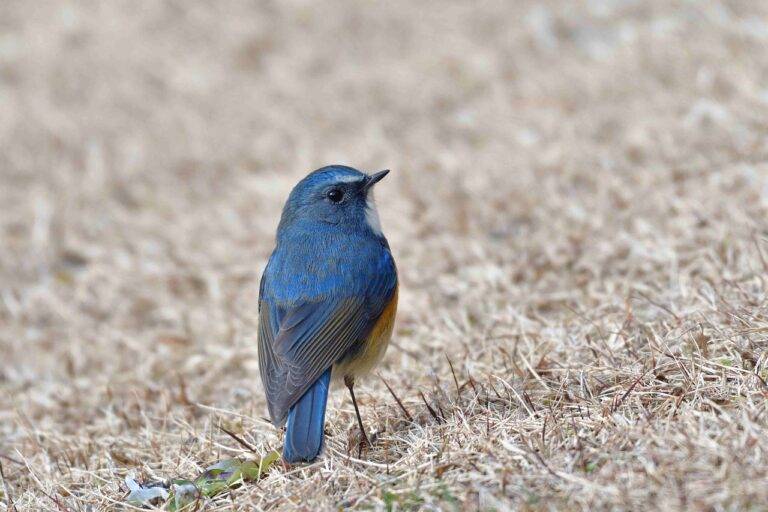The Art of Textile Design: A Textile Designer’s Creative Journey
Textile design is more than just the crafting of patterns; it’s the fusion of art, technology, and creativity into fabrics that shape the way we live, dress, and express ourselves. From bold prints to delicate weaves, textile designers play a crucial role in fashion, interior design, and beyond. This article explores the creative journey of a textile designer, highlighting the artistic process and innovation behind textile design as well as how modern trends continue to influence this dynamic field.
The Foundation of Textile Design
Textile design is deeply rooted in human history. From ancient civilizations that hand-wove intricate fabrics to the advanced technology of today, textiles have always been integral to human culture. Whether it’s clothing, furnishings, or art, textiles offer a versatile medium that allows designers to bring their creative visions to life.
A textile designer must balance both artistry and functionality. While aesthetics are important, designers also have to consider fabric durability, texture, and practicality. This blend of artistry and technical knowledge makes textile design both an art and a science.
The journey of a textile designer typically begins with inspiration. Nature, architecture, and culture often serve as key influences in design, providing a rich palette from which to draw ideas. From sketching initial patterns to refining them with precision, the design process evolves through a variety of creative stages.
The Artistic Process Behind Textile Design
The design process for textiles is a multi-step journey, from concept to creation. It starts with research and inspiration. Designers may explore art, history, nature, or even current trends in the world around them. This stage is all about gathering ideas that will later influence the texture, color, and pattern of the fabric.
Once the inspiration is in place, textile designers move on to the sketching phase. During this stage, ideas are translated into initial designs. These sketches can range from simple outlines to detailed renderings, depending on the designer’s style.
Next comes the exploration of color. Colors play a critical role in textile design because they can influence the overall mood of a fabric. Choosing the right color palette requires knowledge of current trends as well as a deep understanding of how colors work together. Designers often work with mood boards to curate their color selections before proceeding to the final design stage.
One of the most exciting parts of the process is creating the repeat pattern. This is where the designer takes the initial design and ensures that it can be seamlessly repeated across the fabric. A well-executed repeat pattern is key in textile design, as it ensures a smooth flow of the design on the finished product.
Technology’s Role in Modern Textile Design
Modern textile design has evolved significantly with the rise of digital tools. In the past, textile designers had to rely on hand-drawing or physical weaving techniques to bring their designs to life. Today, digital tools like Adobe Illustrator and specialized textile design software have streamlined the process, making it easier to create intricate designs with precision.
This infusion of technology into textile design allows for greater experimentation and faster production times. Designers can now create digital prototypes, visualize their patterns in various applications, and make adjustments with ease. It’s a blend of old-world craftsmanship and modern innovation, bringing a new level of creativity to the field.
However, traditional techniques such as screen printing, block printing, and hand-loom weaving still have a place in the modern textile design landscape. Many designers continue to blend these age-old practices with modern technologies, creating a unique blend of the past and present. This merging of methods offers a range of possibilities for contemporary textile design.
The Future of Textile Design
As the world becomes more aware of sustainability, textile design is also shifting toward eco-friendly practices. Textile designers are exploring sustainable fabrics, organic dyes, and environmentally conscious production methods. This movement toward sustainability is reshaping the way textiles are created and consumed, with designers taking a more ethical approach to their craft.
In addition to sustainability, customization is also shaping the future of textile design. With advancements in technology, clients and consumers can now request personalized fabrics that meet their exact specifications. Whether it’s custom patterns, color schemes, or fabric types, textile designers are embracing this trend and finding new ways to cater to the demands of a diverse market.
Conclusion: A Journey of Creativity and Innovation
The journey of a textile designer is one of constant creativity, learning, and evolution. From drawing inspiration from the natural world to incorporating the latest technological advances, textile design is a field that thrives on both tradition and innovation.
If you’re interested in exploring the creative world of textile design and learning more about how design professionals bring their artistic visions to life, visit Echelon Design Masters. This platform offers insights into the intersection of design, craftsmanship, and modern technology, providing a deeper look into the world of design mastery.
Through a combination of artistic vision and technical skill, textile designers continue to shape the fabrics that color our lives. As the industry evolves, so too will the creative possibilities, pushing the boundaries of what can be achieved in textile design.






